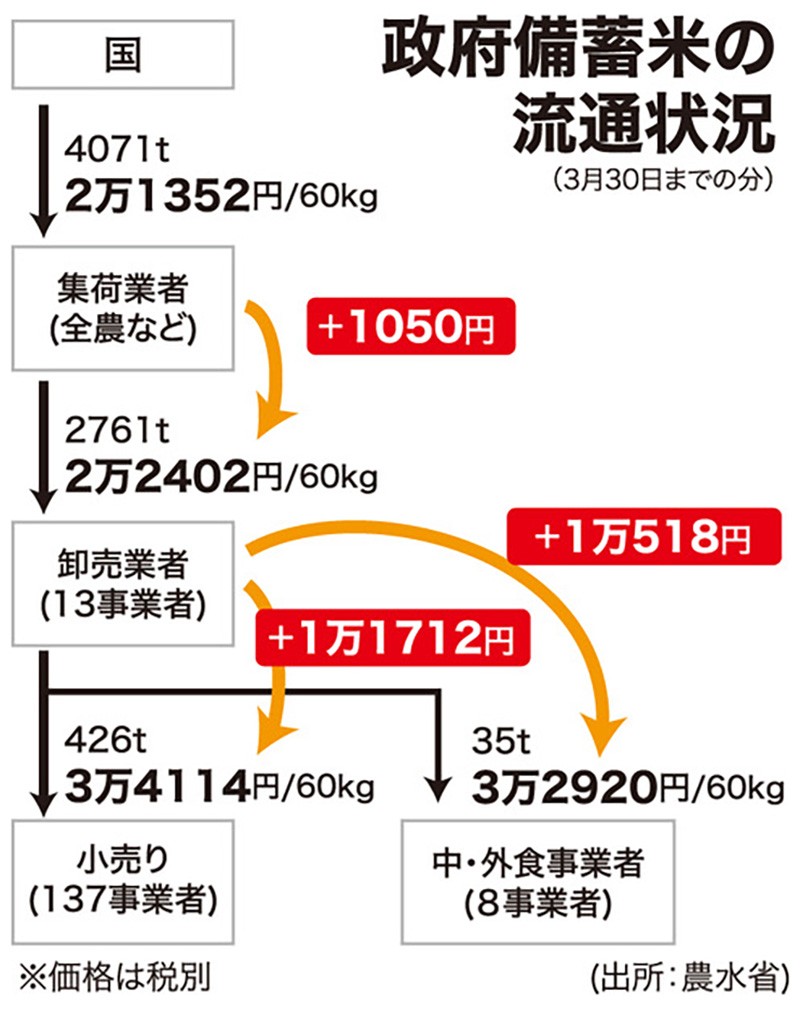JA Rice Sales: No Profit, Only Costs Covered – A Deep Dive into the Current Situation
The Indonesian rice market is facing a challenging period, with recent reports indicating that sales of JA (Japanese-type) rice are currently operating at a break-even point. This means farmers and distributors are covering only their costs, with little to no profit margin. This situation raises several critical questions about the sustainability of JA rice production and the wider implications for Indonesia's food security. This article will explore the factors contributing to this concerning trend and analyze potential solutions.
Factors Contributing to JA Rice Sales Stagnation
Several interconnected factors contribute to the current state of JA rice sales:
1. Intense Competition from Other Rice Varieties
JA rice faces stiff competition from other, more cost-effective rice varieties. These varieties often boast higher yields and require less investment in terms of fertilizers and pesticides, making them more attractive to farmers and consumers alike. This increased competition directly impacts JA rice pricing and profitability.
2. Rising Production Costs
The cost of producing JA rice has been steadily increasing. Factors such as fluctuating fertilizer prices, labor costs, and the increasing need for pest control measures are impacting the bottom line. These rising expenses are squeezing profit margins, making it difficult for farmers to remain competitive.
3. Fluctuating Market Demand
Demand for JA rice, while consistent, isn't experiencing significant growth. Consumer preferences are shifting, with a growing segment opting for cheaper alternatives. This unpredictable demand makes it difficult for farmers to accurately predict yields and prices, hindering investment and potentially leading to losses.
4. Lack of Government Support
While the Indonesian government implements various agricultural policies, some argue that insufficient support is specifically targeted towards JA rice farmers. This lack of targeted subsidies or support programs exacerbates the challenges faced by producers. More comprehensive agricultural policies focusing on sustainable JA rice farming are needed.
The Implications of Zero Profitability
The current situation presents several significant risks:
- Reduced JA Rice Production: Farmers may be forced to switch to more profitable rice varieties, potentially leading to a decline in the overall production of JA rice. This could have serious implications for food diversity and consumer choice.
- Farmer Income Instability: Zero profit margins directly impact the income of JA rice farmers, potentially leading to financial hardship and decreased investment in future harvests. This instability threatens the livelihood of a significant segment of the agricultural community.
- Food Security Concerns: While not an immediate threat, the long-term decline in JA rice production could contribute to broader food security concerns, particularly if other rice varieties also face challenges.
Potential Solutions and Future Outlook
Addressing this challenging situation requires a multi-pronged approach:
- Government Intervention: Increased government support through subsidies, improved infrastructure, and targeted research and development programs specifically focused on improving JA rice yields and reducing production costs are crucial.
- Market Diversification: Exploring new markets and diversifying distribution channels can help increase demand for JA rice. This could involve promoting JA rice's unique qualities – its taste and texture – to appeal to niche markets.
- Sustainable Farming Practices: Encouraging and supporting the adoption of sustainable farming techniques can help reduce production costs and enhance the overall sustainability of JA rice farming. This could involve improved water management practices and the use of bio-pesticides.
- Consumer Education: Educating consumers about the nutritional benefits and unique qualities of JA rice might help boost demand and justify a slightly higher price point.
The future of JA rice production in Indonesia hinges on the ability of stakeholders – farmers, the government, and consumers – to collaborate and implement effective solutions. The current break-even situation serves as a wake-up call, highlighting the need for urgent action to ensure the sustainability of this important rice variety. We need to explore innovative strategies to ensure the continued cultivation of JA rice while maintaining the livelihood of Indonesian farmers.
Keywords: JA rice, Indonesian rice, rice sales, rice farming, Indonesian agriculture, food security, agricultural policy, rice production, market demand, farming costs, government support, sustainable farming.
